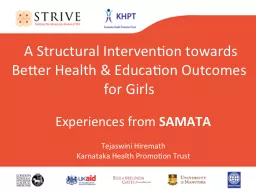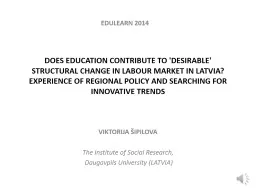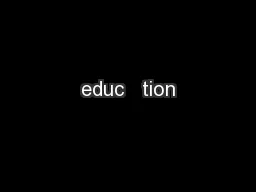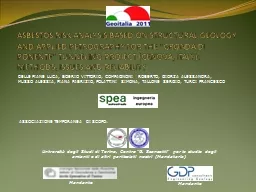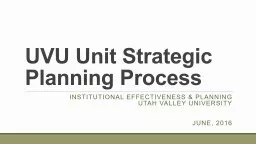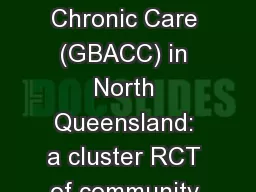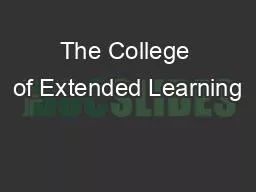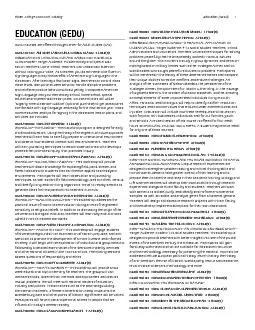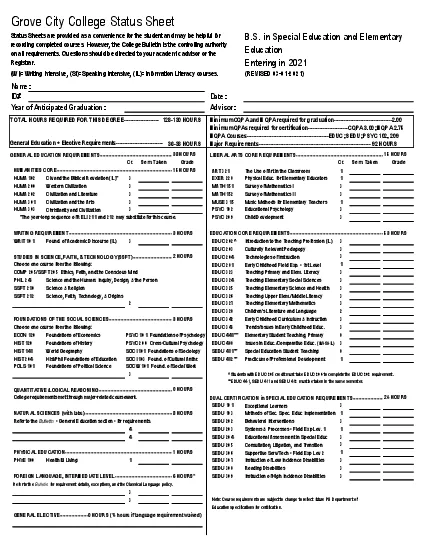PPT-A Structural Intervention towards Better Health & Educ
Author : ellena-manuel | Published Date : 2016-03-17
Experiences from SAMATA Tejaswini Hiremath Karnataka Health Promotion Trust BACKGROUND South Asia has the highest gender gap in education in the world with
Presentation Embed Code
Download Presentation
Download Presentation The PPT/PDF document "A Structural Intervention towards Better..." is the property of its rightful owner. Permission is granted to download and print the materials on this website for personal, non-commercial use only, and to display it on your personal computer provided you do not modify the materials and that you retain all copyright notices contained in the materials. By downloading content from our website, you accept the terms of this agreement.
A Structural Intervention towards Better Health & Educ: Transcript
Download Rules Of Document
"A Structural Intervention towards Better Health & Educ"The content belongs to its owner. You may download and print it for personal use, without modification, and keep all copyright notices. By downloading, you agree to these terms.
Related Documents

